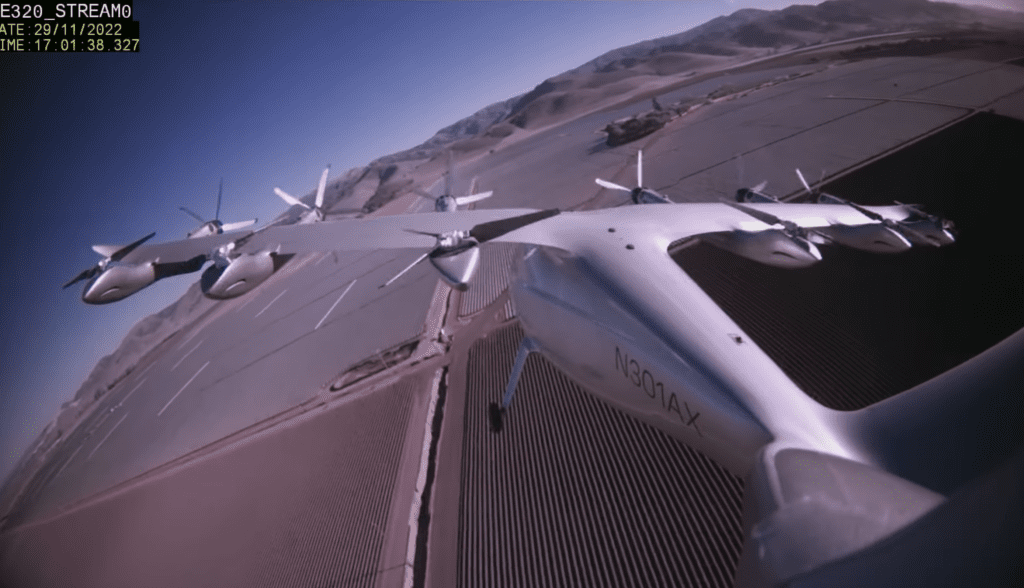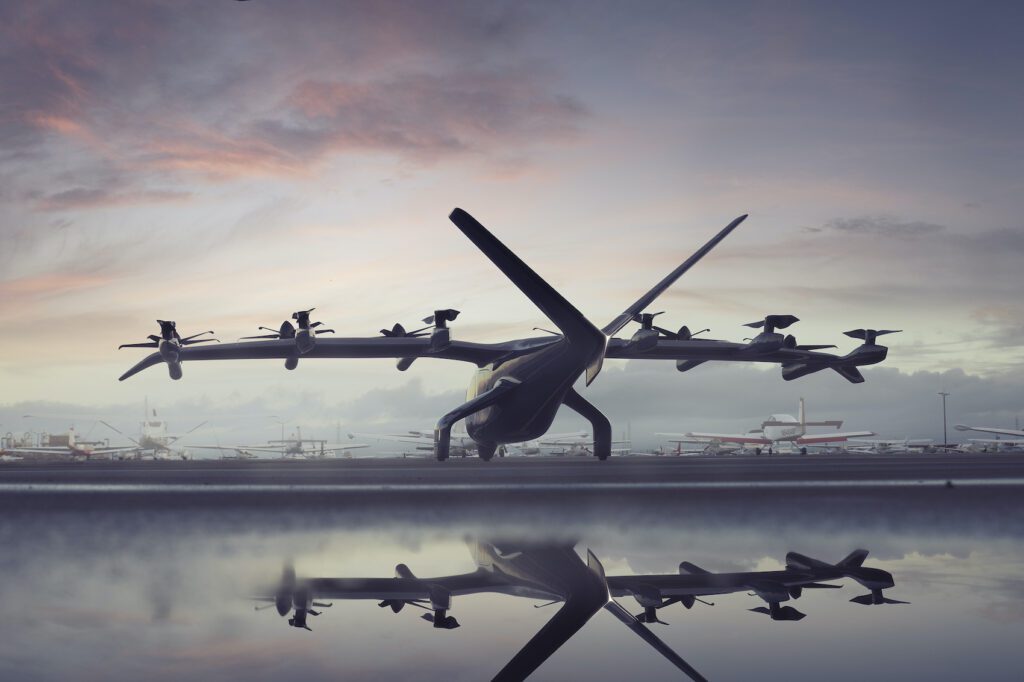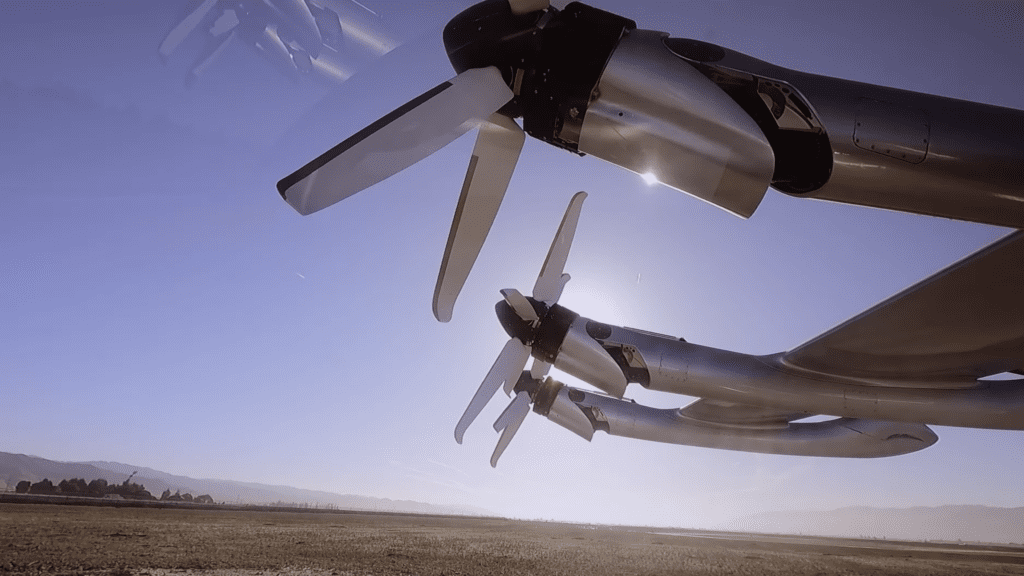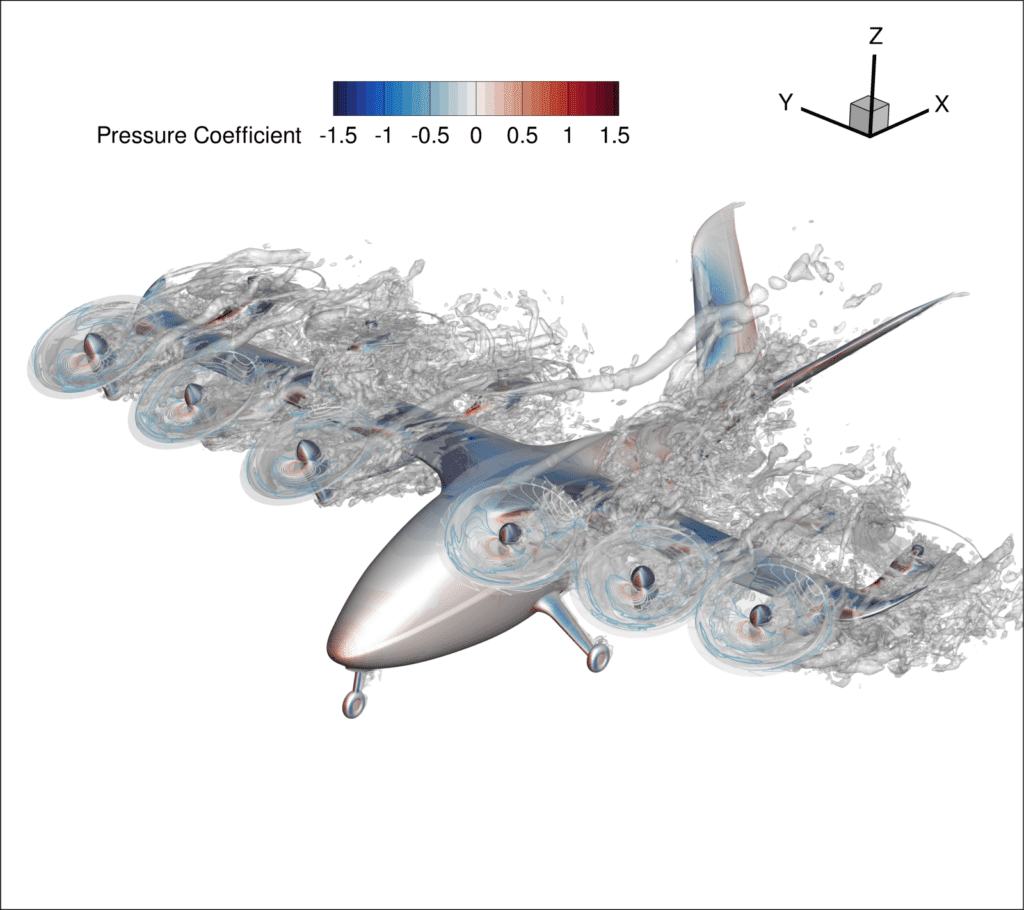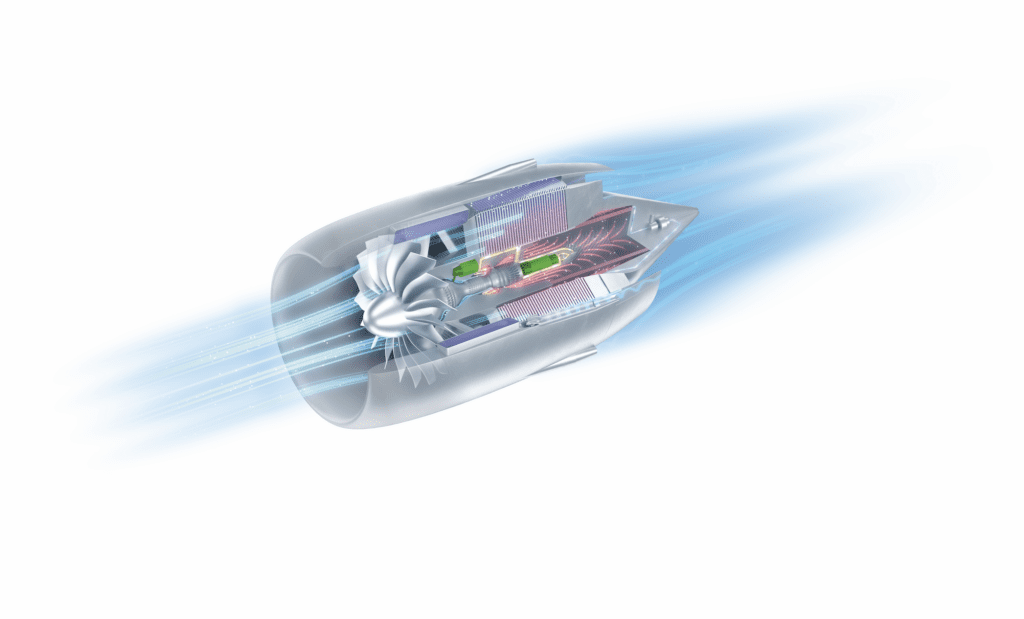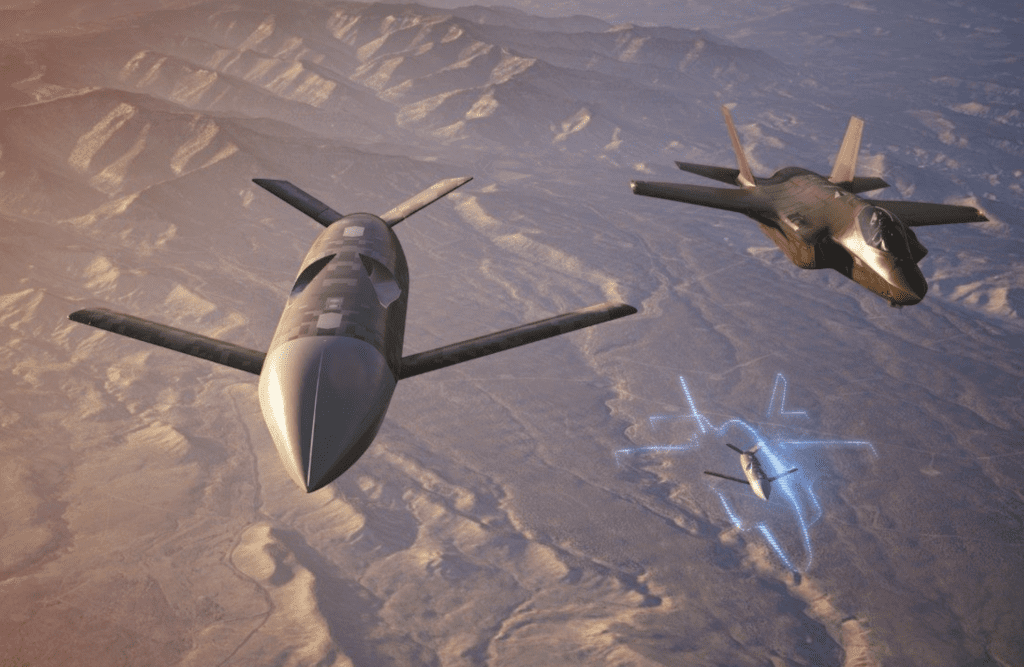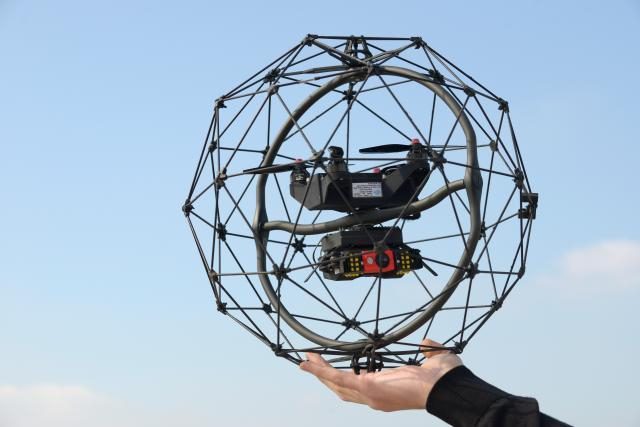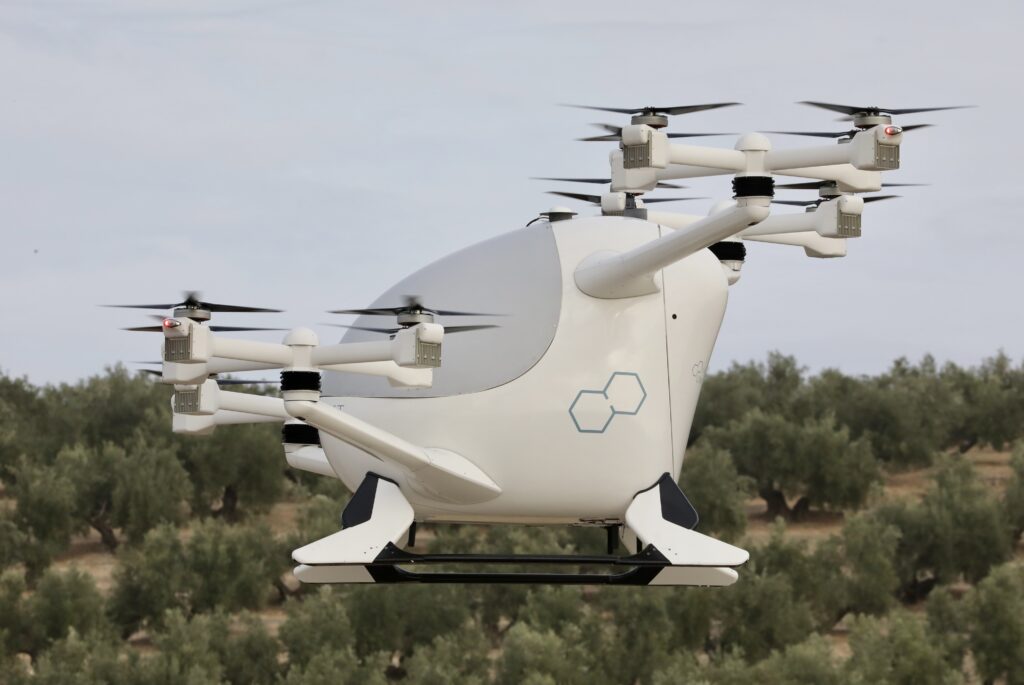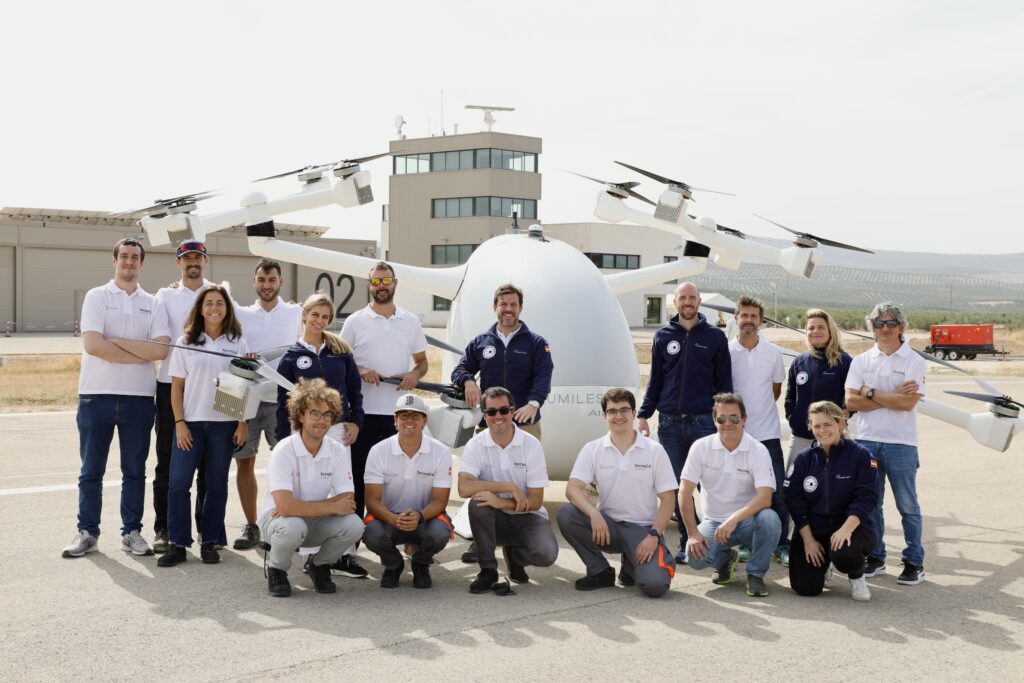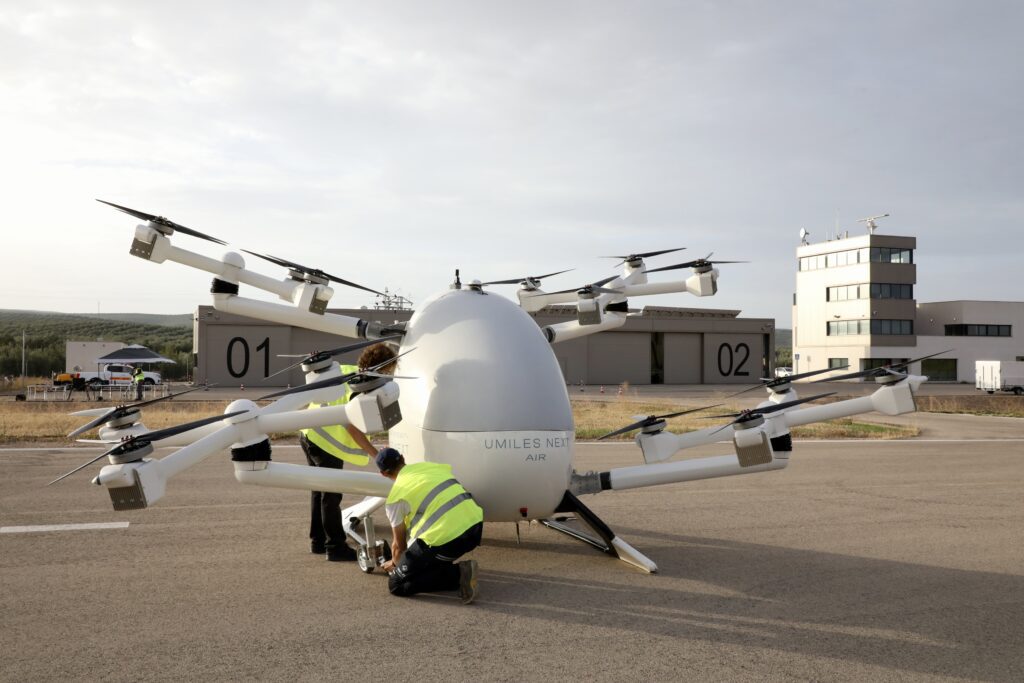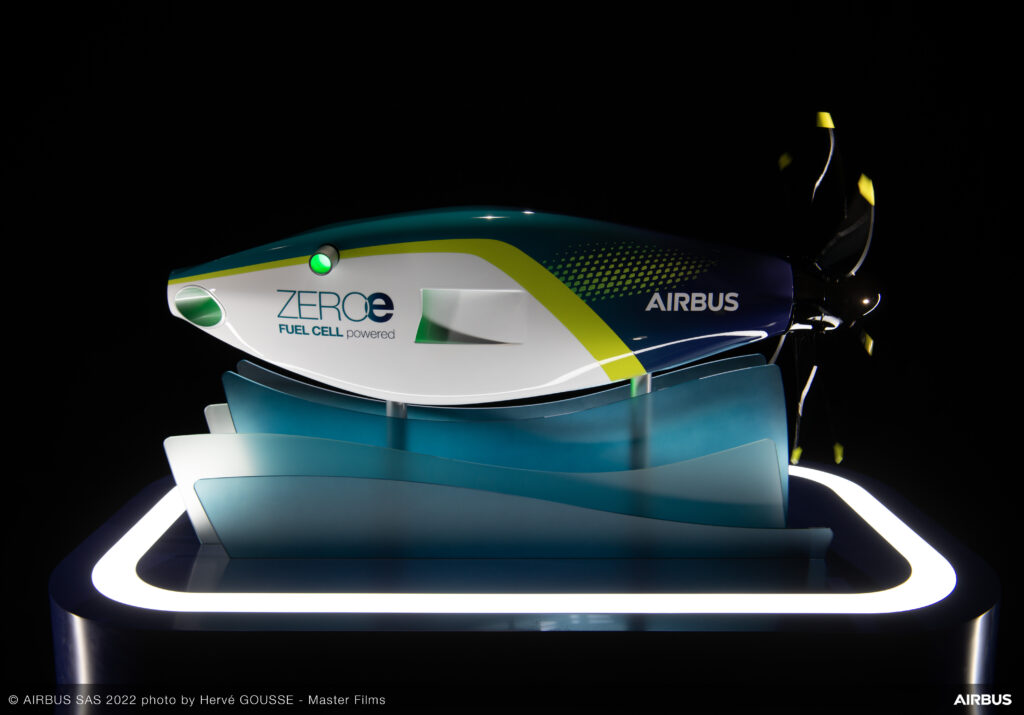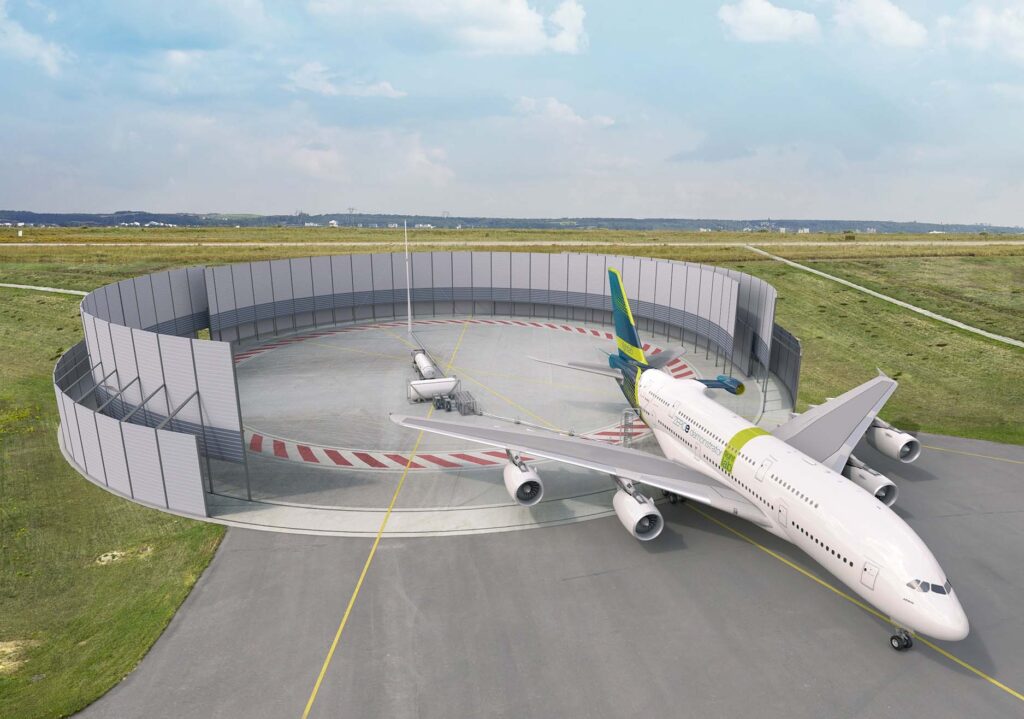Pratt & Whitney Receives $115 Million for F135 Engine Core Upgrade
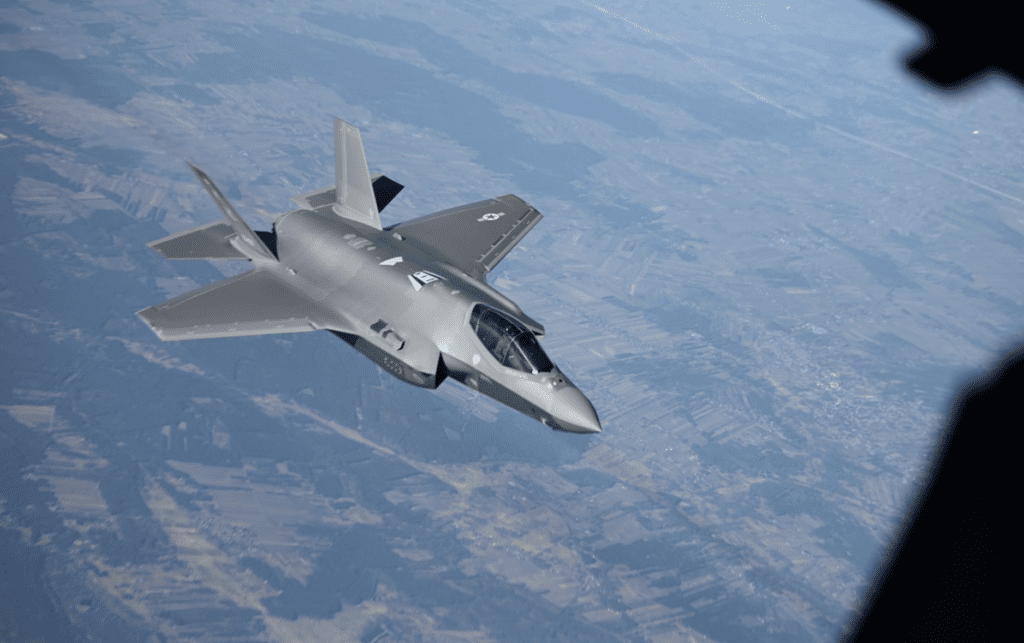

A U.S. Air Force F-35A assigned to the 34th Fighter Squadron departs from a KC-10 Extender aircraft after receiving fuel over Poland on Feb. 24 (U.S. Air Force Photo)
Raytheon Technologies‘ [RTX] Pratt & Whitney snared a more than $115 million contract last week for the F135 engine core upgrade for the Lockheed Martin [LMT] F-35 fighter.
Pratt & Whitney is to finish the work under the new contract by May of next year.
“The F135 engine core upgrade delivers the fastest, most cost efficient, lowest risk path to F-35 Block 4 capability,” Pratt & Whitney said in a statement after DoD announced the contract on Nov. 29.
DoD’s upcoming fiscal 2024 budget may lay out the future engine path for the F-35—whether that be the Pratt & Whitney proposed Enhanced Engine Package (EEP) for the fighter’s existing Pratt & Whitney F135 engine or a new power plant, such as General Electric‘s [GE] proposed XA100 Tri-Variant Adaptive (TVA) engine (Defense Daily, Oct. 11).
Jill Albertelli, president of Pratt & Whitney’s Military Engines business, said in a statement last week that the F135 “has been pushed beyond its original specifications for too long” and that the F-35 engine core upgrade “saves taxpayers $40 billion in lifecycle costs and builds upon a combat-tested engine architecture that has more than one million flight hours.”
Technology Refresh 3 (TR3)—spurred by the L3Harris [LHX] integrated core processor—is the computer backbone for Block 4, which is to have 88 unique features and to integrate 16 new weapons on the F-35. The F-35 program has said that the fighter will need a new or significantly upgraded engine with improved electrical power and cooling capacity to accommodate the 53 new capabilities slated for F-35 Block 4.
Pratt & Whitney has said that EEP has “ample design margin” to accommodate Block 4. House Appropriations Committee Chair Rosa DeLauro (D-Conn.) said in the company’s statement last week that the new DoD contract “will protect good paying union jobs in Connecticut, while providing a much needed charge to our economy.”
The F135 supports 27,000 jobs in the state, and EEP “is the only propulsion option that is a ‘drop in’ solution for all variants, adding no weight and avoiding disruptive and costly air vehicle changes that would introduce additional costs, schedule delays, and technical risk,” Pratt & Whitney said.
While TVA has a degree of commonality with the company’s XA100 design for the U.S. Air Force F-35A, adapting the XA100 engine or a derivative of it for the U.S. Marine Corps’ F-35B short take-off and vertical landing (STOVL) aircraft would require a separate development effort, the F-35 program said in September (Defense Daily, Sept. 28).
General Electric’s GE Aviation subsidiary has its headquarters in Evendale, Ohio outside of Cincinnati.
In October, 48 representatives urged DoD to invest in next generation, adaptive propulsion for fighters in a letter co-sponsored by Sens. Rob Portman (R-Ohio) and Sherrod Brown (D-Ohio) and Rep. Brad Wenstrup (R-Ohio).
In all, 13 of 16 Ohio representatives signed the letter.
GE has said that it began working with the F-35 Joint Program Office (JPO) in the fall of last year on evaluating whether GE could alter the proposed XA100 for the U.S. Air Force’s Adaptive Engine Transition Program (AETP) to fit on the F-35B.
The company “performed a study with the F-35 JPO and the AETP program Office to see if the XA100 or a derivative thereof could be adapted to work in the STOVL F-35B,” the F-35 JPO said in September. “The resultant XA100 TVA is based on the current CTOL [conventional take-off and landing] F-35A XA100 and maintains a level of commonality, but is significantly different enough that it would require its own independent EMD.”
The F-35 program and GE have declined to disclose the total nor specific projected costs of the independent EMD, but the company did say that adapting the XA100 or a variant of it for the F-35B is viable and that that engine design satisfies user improvement requests for the current engine.
The F-35 program has said that the fighter will need a new or significantly upgraded engine with improved electrical power and cooling capacity to accommodate the 53 new capabilities slated for F-35 Block 4.
The Air Force has funded the AETP since 2016.
The post Pratt & Whitney Receives $115 Million for F135 Engine Core Upgrade appeared first on Avionics International.
—————
Boost Internet Speed–
Free Business Hosting–
Free Email Account–
Dropcatch–
Free Secure Email–
Secure Email–
Cheap VOIP Calls–
Free Hosting–
Boost Inflight Wifi–
Premium Domains–
Free Domains








